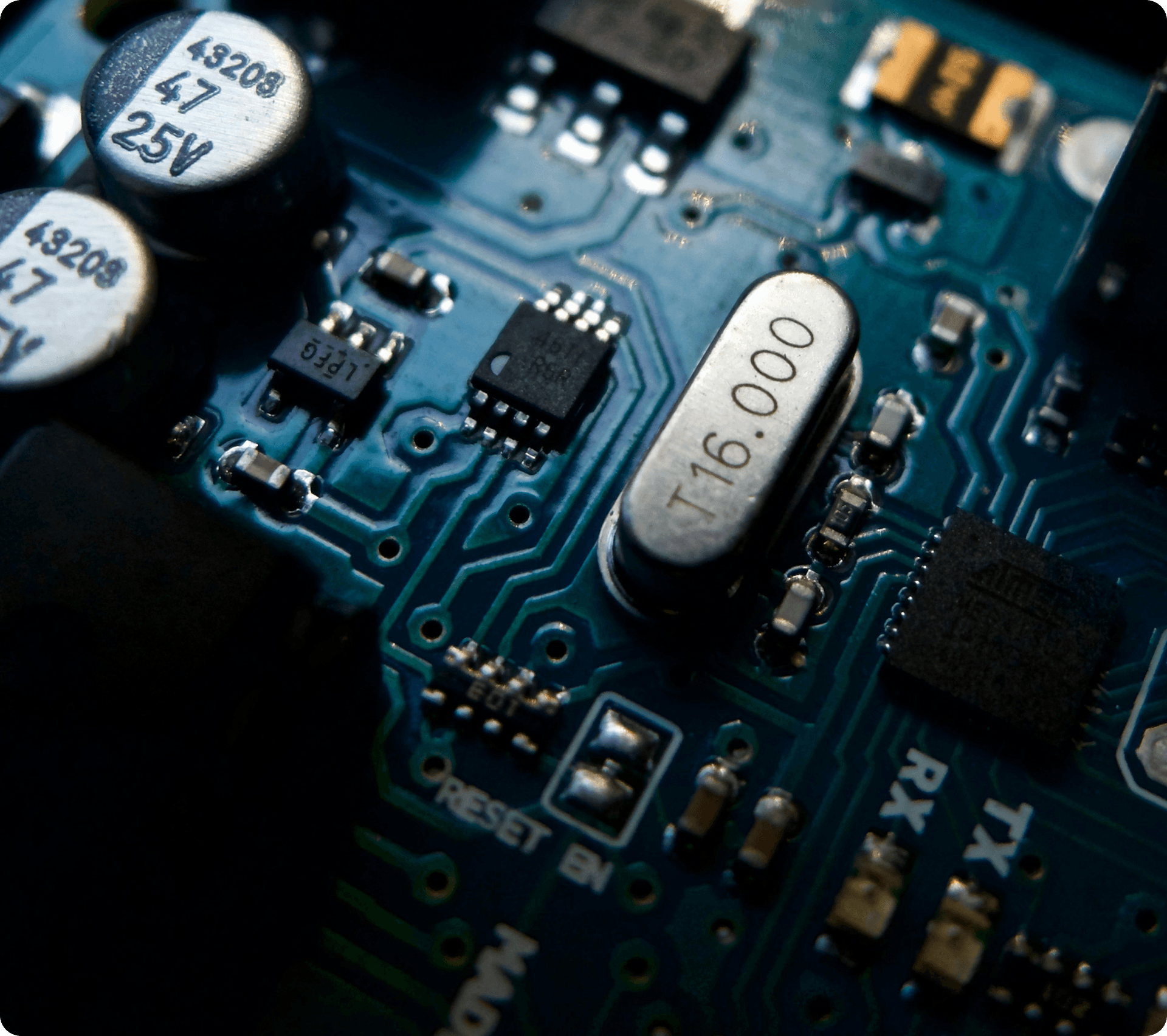
Printed circuit boards (PCB) generally perform well electrically, but performance will quickly deteriorate due to environmental variables such as temperature, dirt, dust, debris and moisture. Accidental impacts, power overloads and power surges can be severely detrimental to your printed circuit boards as well. All these factors and more will degrade your PCB in a gradual manner, corroding it and reducing its reliability and longevity. In order to avoid these problems, manufacturers and engineers turn to conformal coating to provide protection against the environment. Conformal coating is a protective non-conductive dielectric layer that is typically applied by spraying, dipping or brushing onto the PCB assembly to protect it from damage caused by harsh or extreme environments. Additionally, conformal coating will prolong the life of the product during its operation and prevent damage from installation, rough handling, and reduction of mechanical and thermal stress. When protecting a PCB, it’s important to choose a conformal coating that will offer good electrical properties, good chemical resistance, good thermal properties, low moisture permeability and mechanical durability. The ideal conformal coating will adhere well to board materials and the components that populate the board.
There are several different masking techniques using different materials such as masking tape, dots, shapes, boots and liquid latex in conformal coating processing. The masking requirements for liquid applications and Parylene coated PCBs differ in that Parylene masking must be ‘airtight’ and properly ‘sealed’ while liquid masking is basically a ‘shield’ from the liquid. An exception would be PCBs being processed via the dip method. These masked areas need to be sealed to the PCB to prevent the leakage of any unwanted coating into the connectors. However, if the masking fails or rework becomes necessary there are approved methods of coating removal. Conformal Coating Limitations: Conformal coatings do have their limitations and their performance can be hindered by contamination coming from fingerprints, flux residues, moisture and other atmospheric pollutants present on the PCB surface before the coating is sealed in during the process. Therefore, it’s extremely important that PCBs are always cleaned and dried before the coating is applied to ensure efficient long term performance.

The five most commonly used conformal coatings are acrylic, polyurethane, silicone, epoxy and Parylene. The chemical and physical properties of the materials differ and also offer different degrees of protection.
Parylene (XY) PROS: IUltra-thin, strong, durable, complete (pinhole-free) coverage, no curing CONS: Requires specialized vacuum chamber, removal difficult, batch process
Acrylic (AR) PROS: Inexpensive, easy to apply, dries rapidly, good moisture and abrasion resistance, easy rework CONS: Poor solvent and temperature resistance, low mechanical strength
Polyurethane (UR) PROS: Excellent humidity resistance, higher mechanical strength, better solvent resistivity than acrylics CONS: Difficult to remove, moisture sensitive, can be rigid
Silicone (SR) PROS: Excellent temperature and humidity resistance, flexible CONS: Poor abrasion resistance and mechanical strength, residue difficult to remove, potential contamination of other organic materials/products
Epoxy (ER) PROS: Excellent mechanical strength, very rigid, humidity and abrasion resistance CONS: Precise mixing requirements, short pot life, rework is nearly impossible
For any inquiries, questions, or commendations, please call: (814) 254 - 4376 or fill out the following form.

We are committed to providing consistent, quality service at a competitive price to ensure that we meet and/or exceed our customers’ expectations.
Privacy Policy | Terms of Service
Copyright © 2025. All rights reserved.